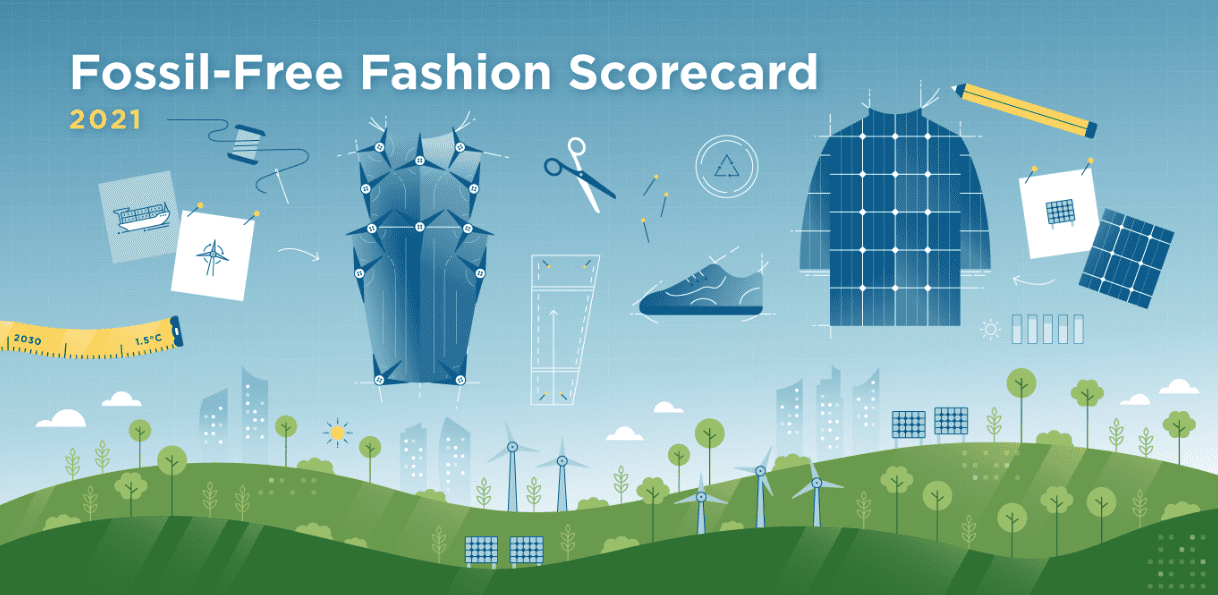Gap plans to source 100 per cent of its cotton from sustainable sources by 2021. The company is aiming for a dramatic increase in sustainable fibers and textile innovation for its fashion brands including Gap, Banana Republic, Old Navy and Athleta. Critical for that procurement goal is the sourcing of better cotton.
The company generated almost $16 billion during its last fiscal year. While an increase in BCI-certified cotton is critical to the company’s mission, Gap will also increase its purchase of organic, American-grown and recycled cotton. Gap claims to have already sourced 11.5 million pounds of better cotton since 2016, which it says is enough to manufacture 7.4 million pairs of jeans.
For Gap, more responsible cotton is not just about meeting its sustainability goals but about water conservation, women’s empowerment, and a reduction in energy consumption and waste. These goals will require additional innovation and further developments in current technologies.
Other garment companies are also trying to minimize their supply chains’ social and environmental impacts. Timberland has pledged to source all of its cotton from either BCI growers, organic cotton farms or American cotton farms by 2020. H&M has established similar goals. Marks & Spencer has a 70 per cent goal for 2020.












